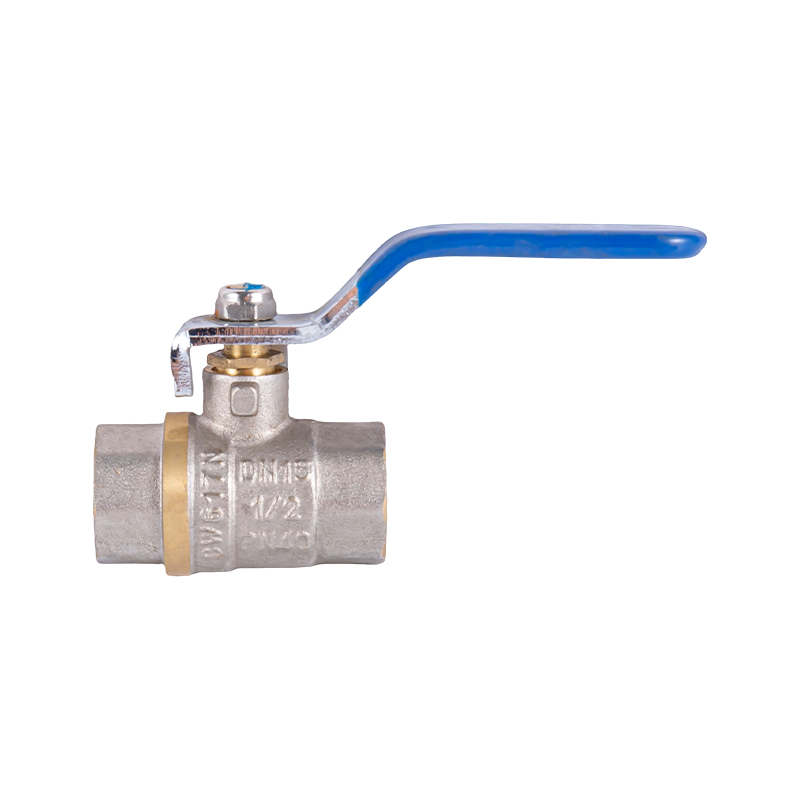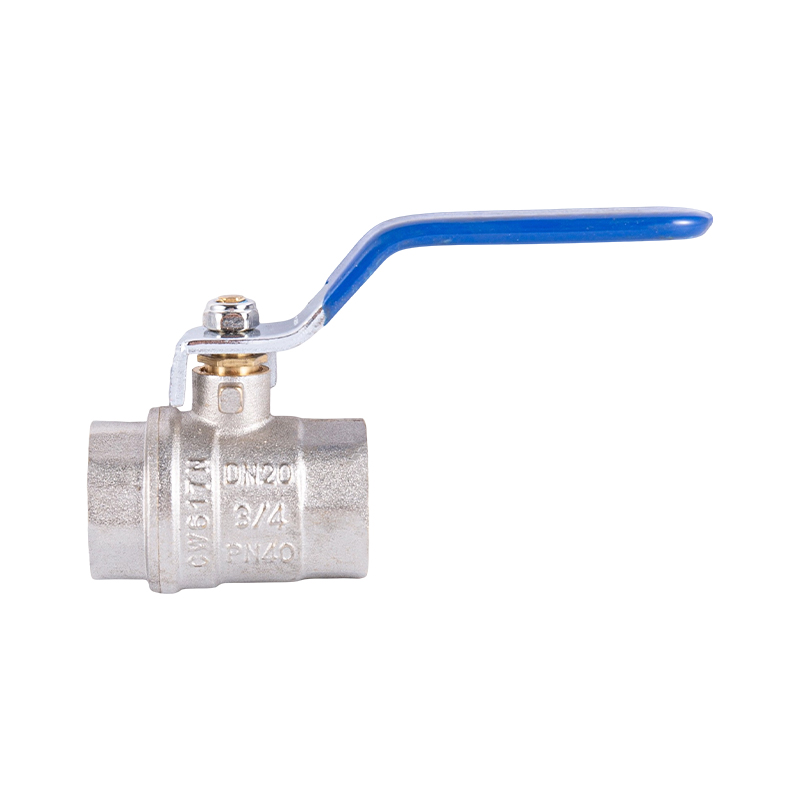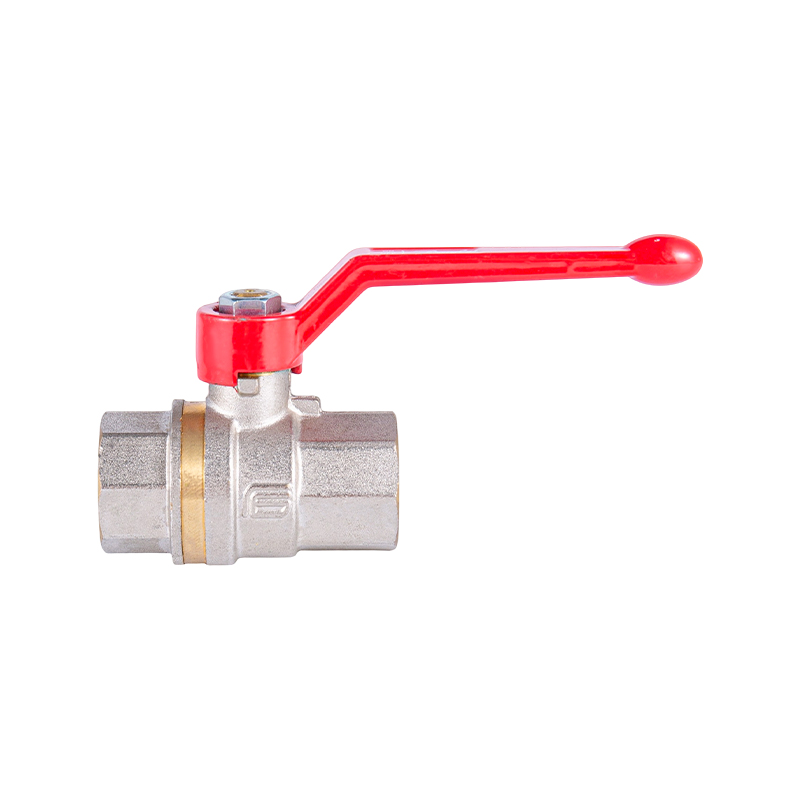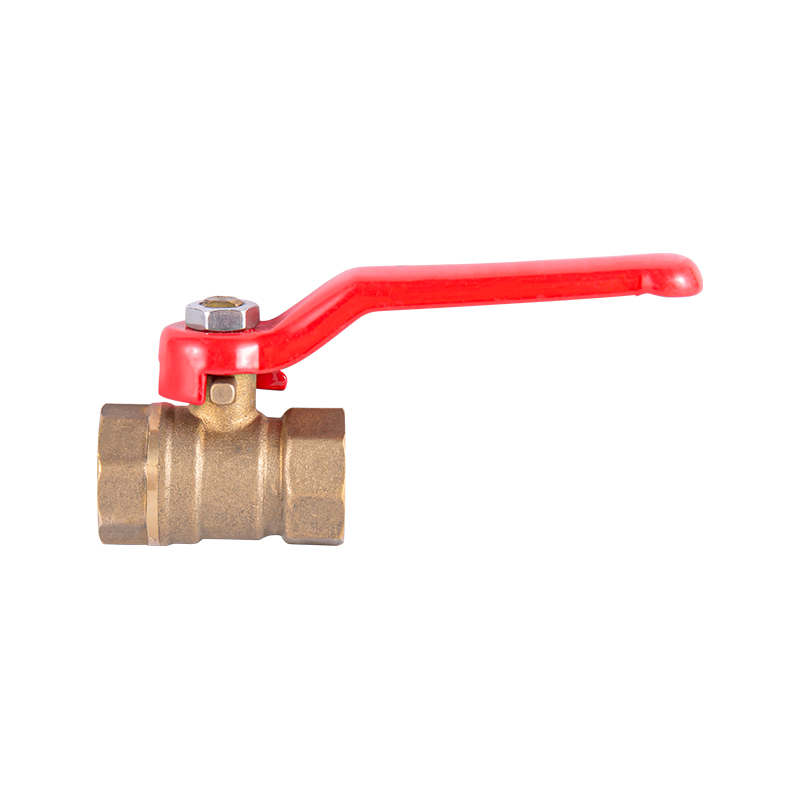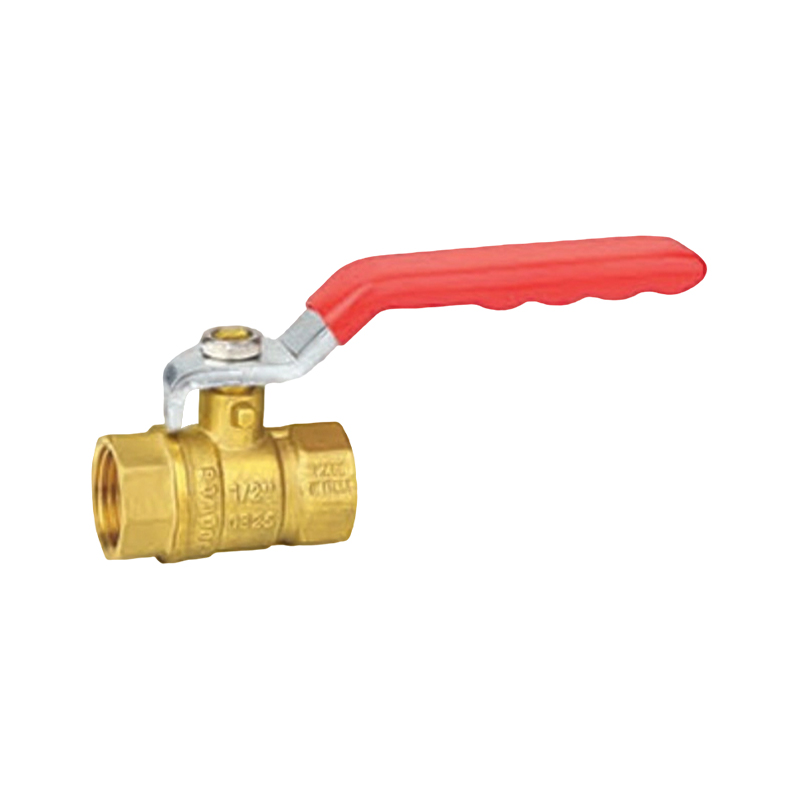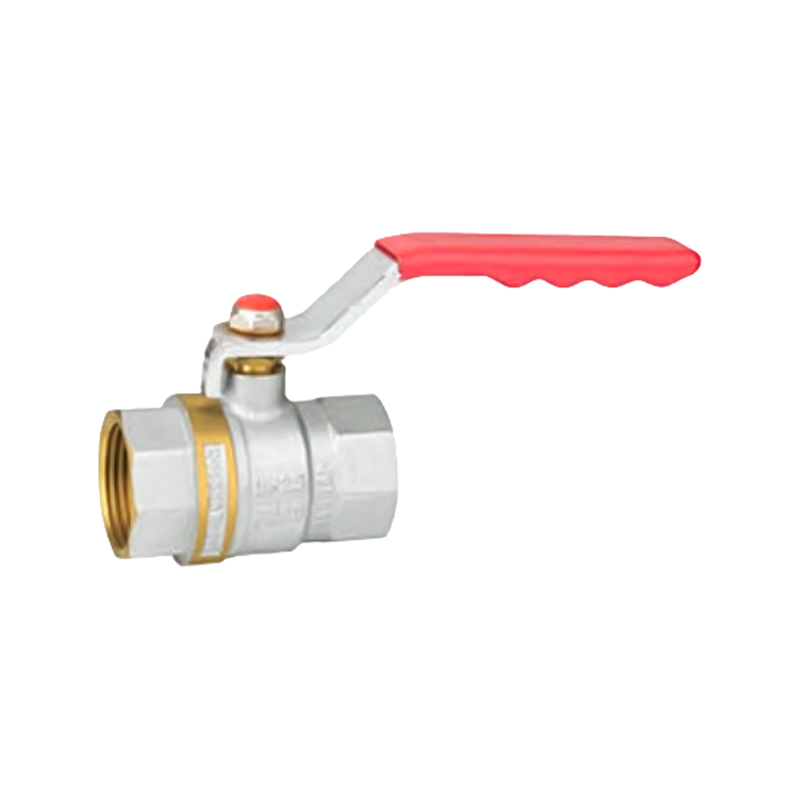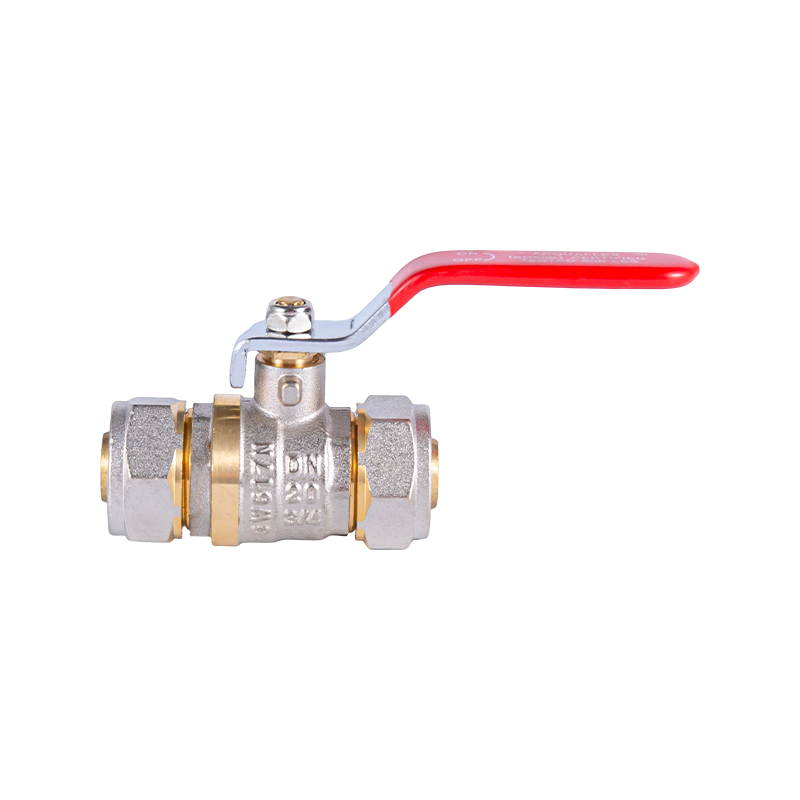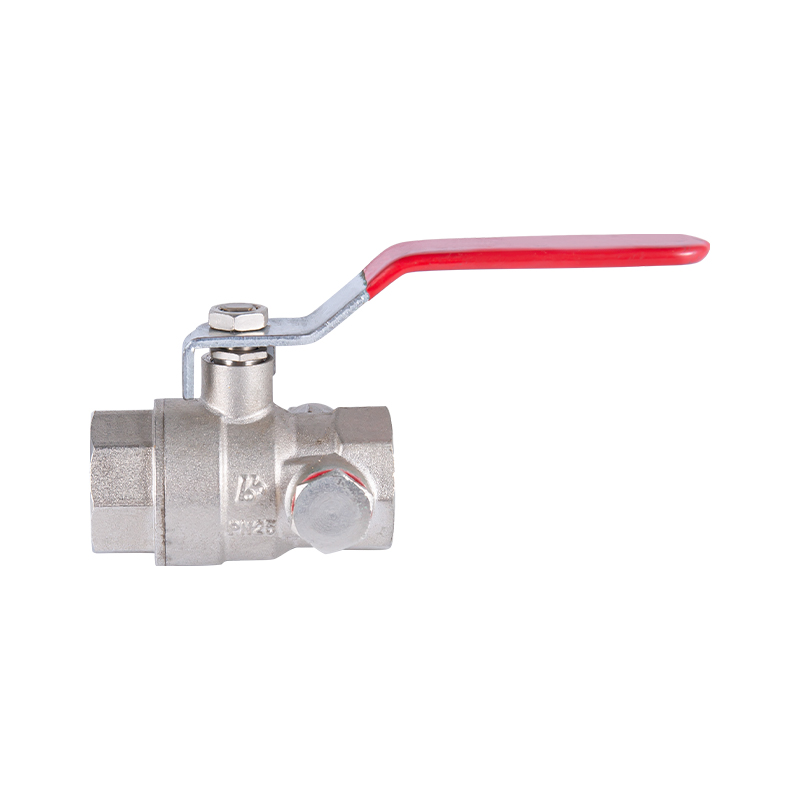Factors That Affect the Performance of a Mini Valve
Mini valves play a significant role in various industrial systems, from household appliances to complex machinery. These compact devices help control the flow of gases or liquids, making them essential for maintaining efficiency in a wide range of operations. However, several factors can impact the performance of a Mini Valve, affecting its functionality and reliability over time. Understanding these factors is crucial for optimizing the performance and extending the lifespan of these important components.
One of the primary factors that influences the performance of a Mini Valve is the material used in its construction. Valves are commonly made from a variety of materials, including metals, plastics, and composites, each offering different characteristics that can impact their performance. For example, a Valve made from plastic may be suitable for low-pressure applications but may not perform well under high temperatures or heavy stress. On the other hand, a valve made from stainless steel might be more durable and resistant to corrosion, making it a better option for harsh environments. The choice of material depends on the specific needs of the system in which the Valve is being used.
Another important factor to consider is the operating pressure and temperature range of the Mini Valve. Each valve has a specified pressure and temperature limit, beyond which its performance may degrade. If a Valve is subjected to conditions outside its rated pressure or temperature, it may malfunction, resulting in leaks, reduced flow control, or even complete failure. For instance, using a Valve in a system that experiences high pressure or fluctuating temperatures without considering its specifications can cause damage to its seals or other internal components. Therefore, selecting the right Valve for the required pressure and temperature conditions is essential for maintaining consistent performance.
The installation process of a Mini Valve also plays a crucial role in its performance. Improper installation can result in misalignment, which may prevent the valve from closing or opening fully. This can result in poor flow control, excessive wear on internal components, and even system failures. Additionally, installing a Valve in the wrong orientation, such as upside down or at an incorrect angle, can affect its ability to function effectively. It is important to follow the manufacturer’s guidelines and ensure proper installation to avoid performance issues.
Another factor that can influence the performance of a Mini Valve is the level of maintenance it receives. Regular maintenance is essential to keep the valve in good working condition and to ensure that it continues to perform as expected over time. Over time, a Valve can accumulate dirt, debris, or scale buildup, which can interfere with its operation. If left unchecked, this buildup can cause the valve to malfunction, resulting in leaks, or restricted flow. Regular inspection and cleaning of the valve are important to prevent these issues and ensure that the Mini Valve operates smoothly.
The type of fluid or gas that flows through the Mini Valve is another critical factor. Different fluids have different viscosities, corrosive properties, and temperatures, all of which can affect how well a Valve performs. For example, a valve used in a system with corrosive chemicals may require special coatings or materials to prevent rust and degradation. Similarly, valves used in systems with high-viscosity liquids might need to be sized and designed to handle such fluids without causing excessive strain or wear. Understanding the properties of the fluid or gas being controlled is crucial when selecting and maintaining a Mini Valve.
Flow rate is also an important factor that affects the performance of a Mini Valve. If the flow rate of a system exceeds the capacity of the valve, the valve may struggle to regulate the flow effectively. This can result in inefficient operation, higher energy consumption, and potential damage to other components in the system. On the other hand, if the flow rate is too low, the valve may not open or close properly, resulting in incomplete control. Ensuring that the Valve is appropriately sized for the system’s flow requirements is essential for ideal performance.
Another factor to consider is the type of actuation used to control the Mini Valve. There are various actuation mechanisms, such as manual, electric, pneumatic, or hydraulic actuation, each with its advantages and limitations. The choice of actuation method can influence how quickly the valve responds to changes in the system and how precise the control is. For example, a pneumatic actuator may provide faster response times but may be less precise compared to an electric actuator. The appropriate actuation method depends on the specific needs of the application and the performance requirements of the Mini Valve.
-
Feedback


 English
English 中文简体
中文简体 русский
русский Email us now!
Email us now!
